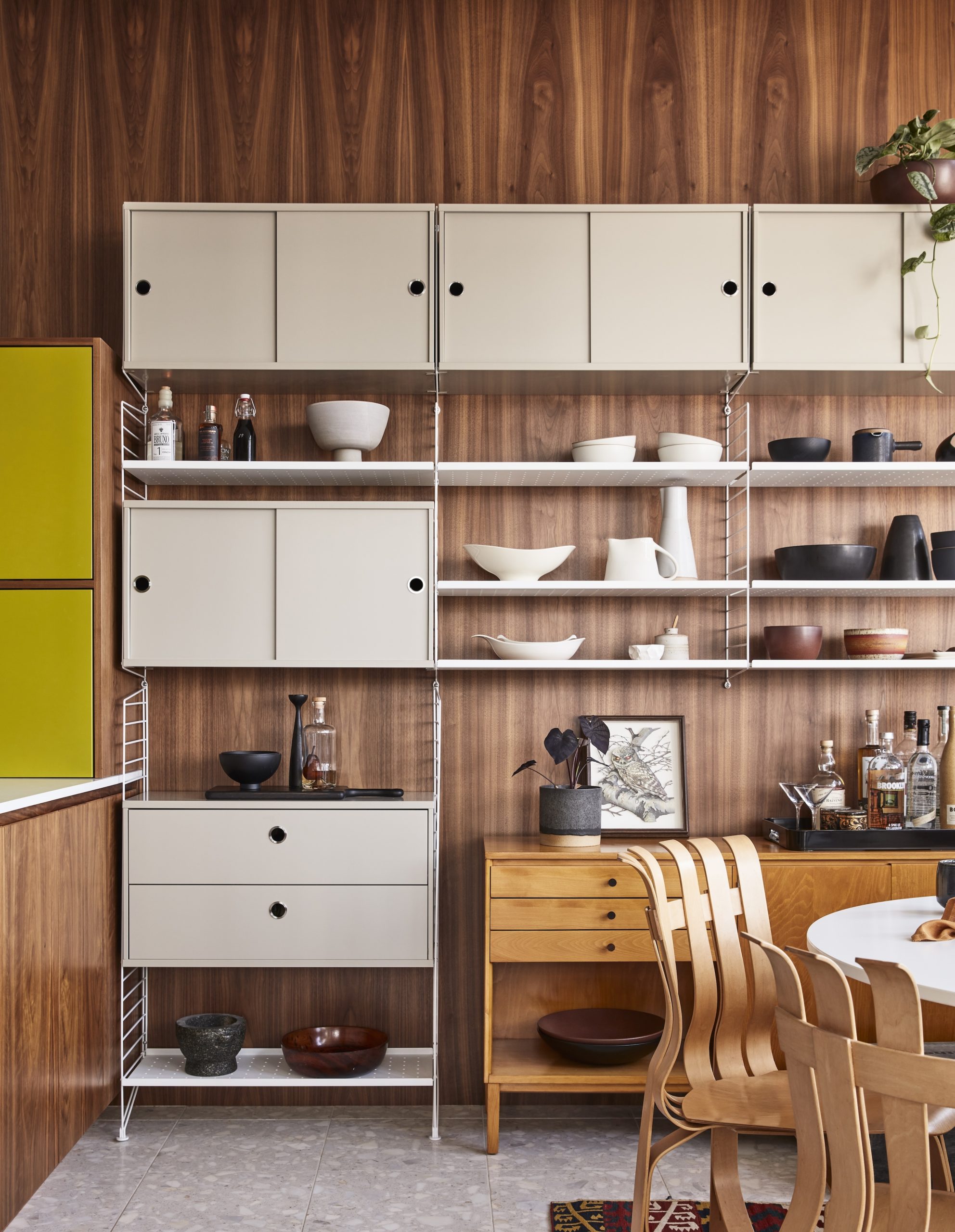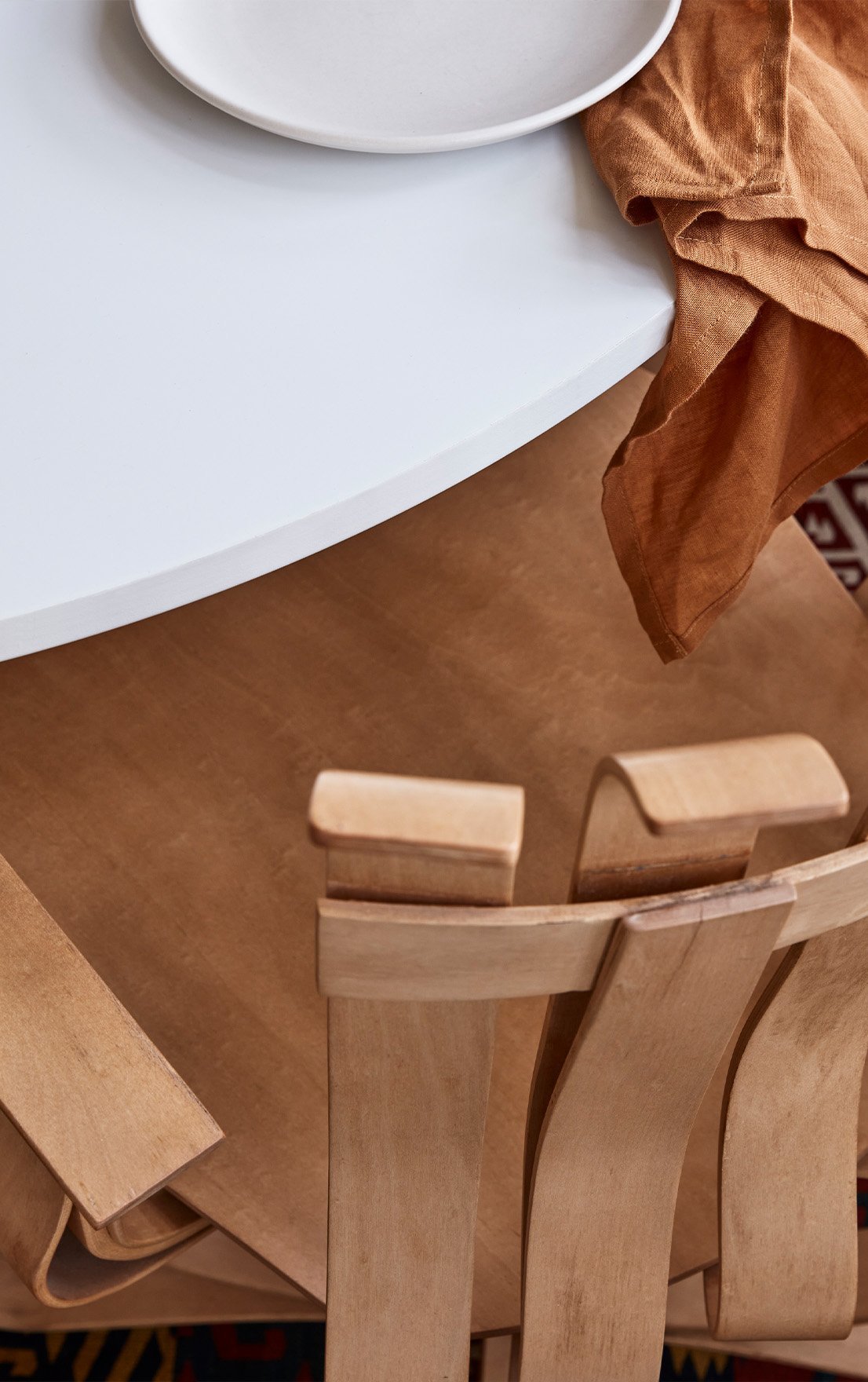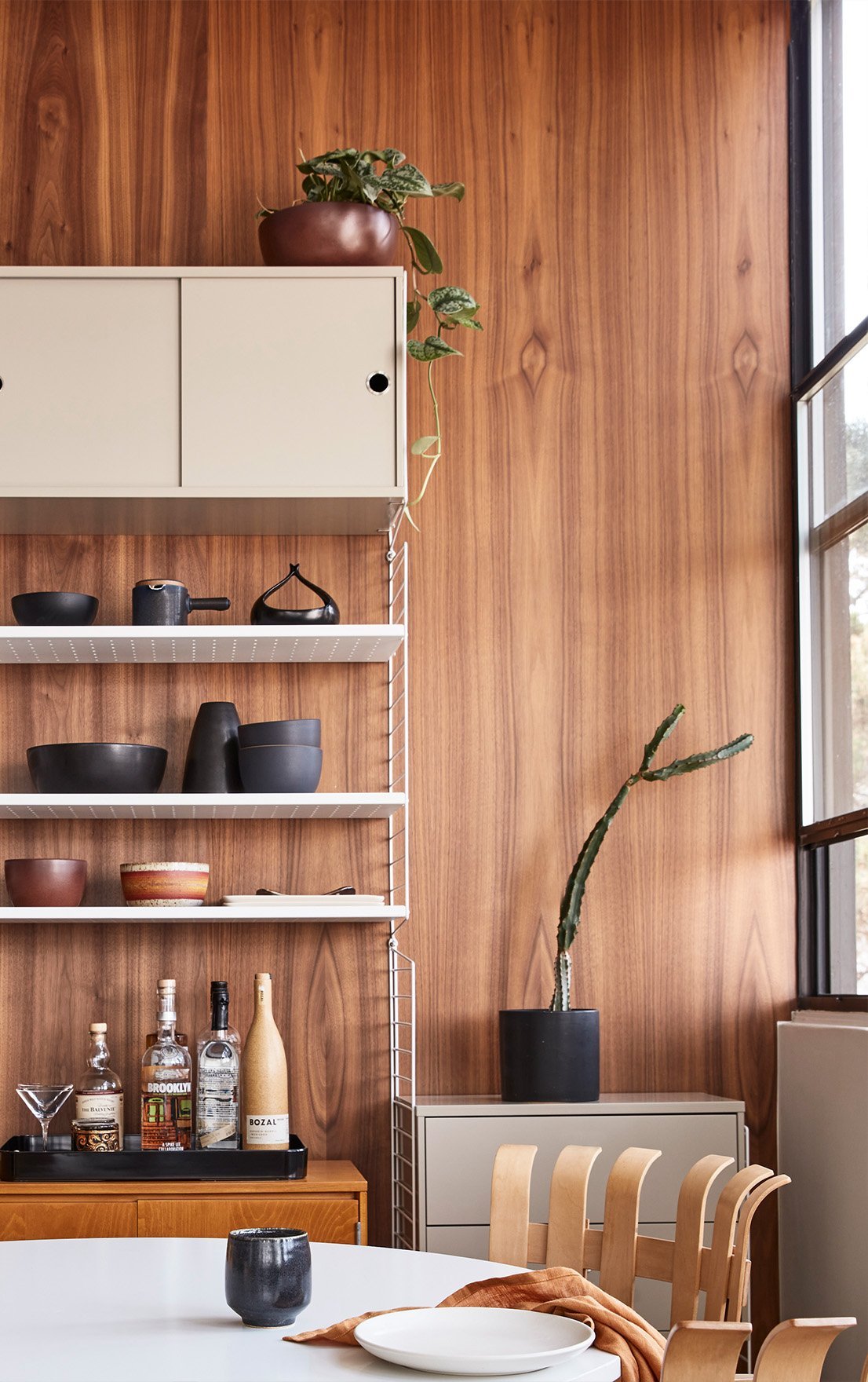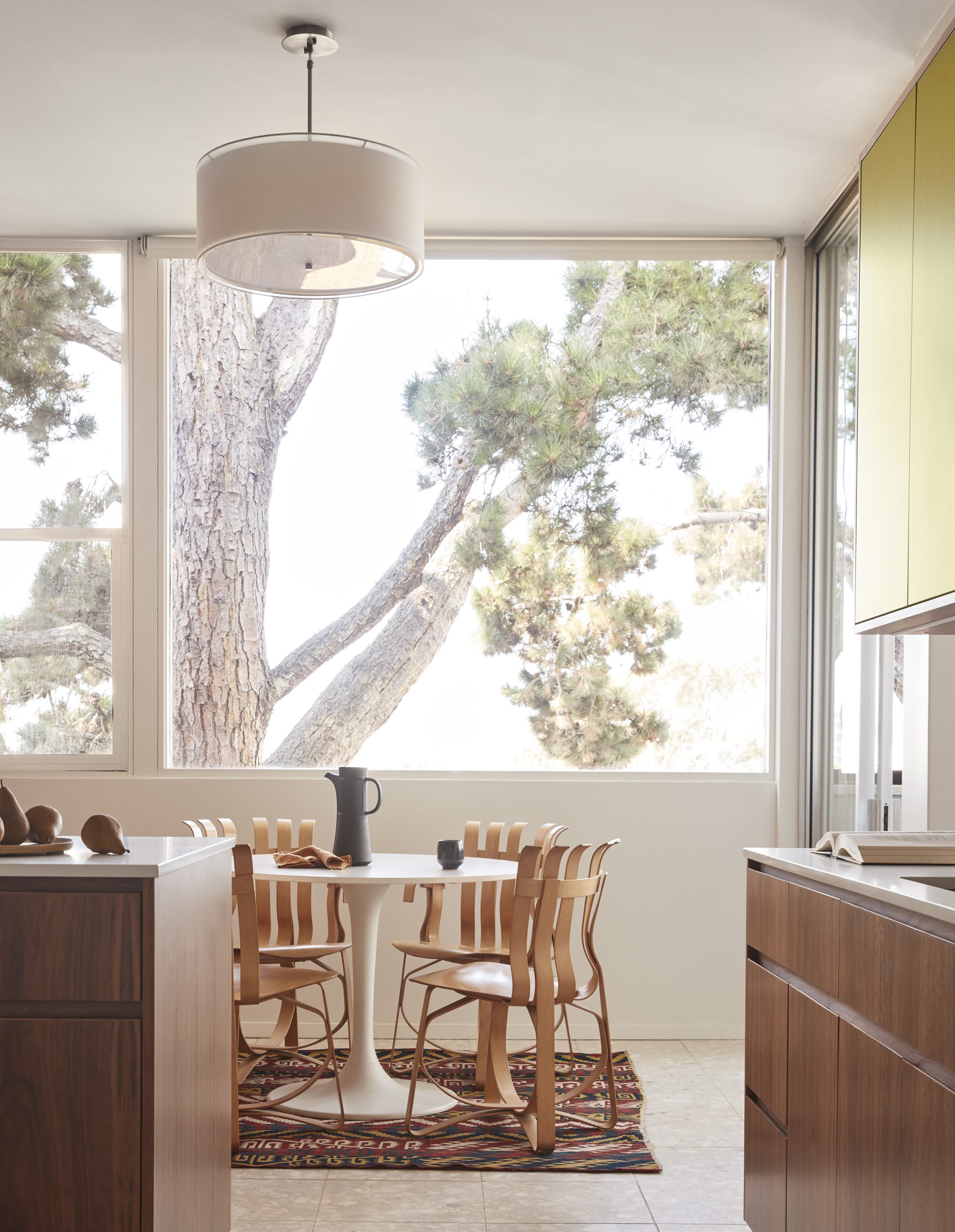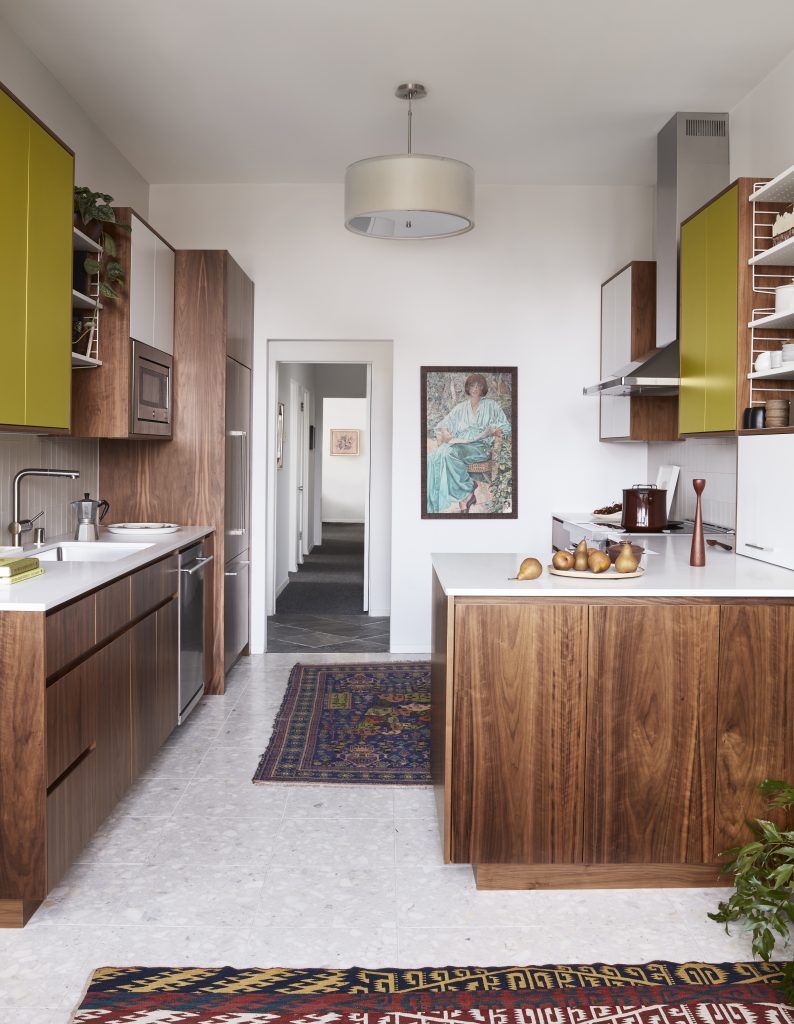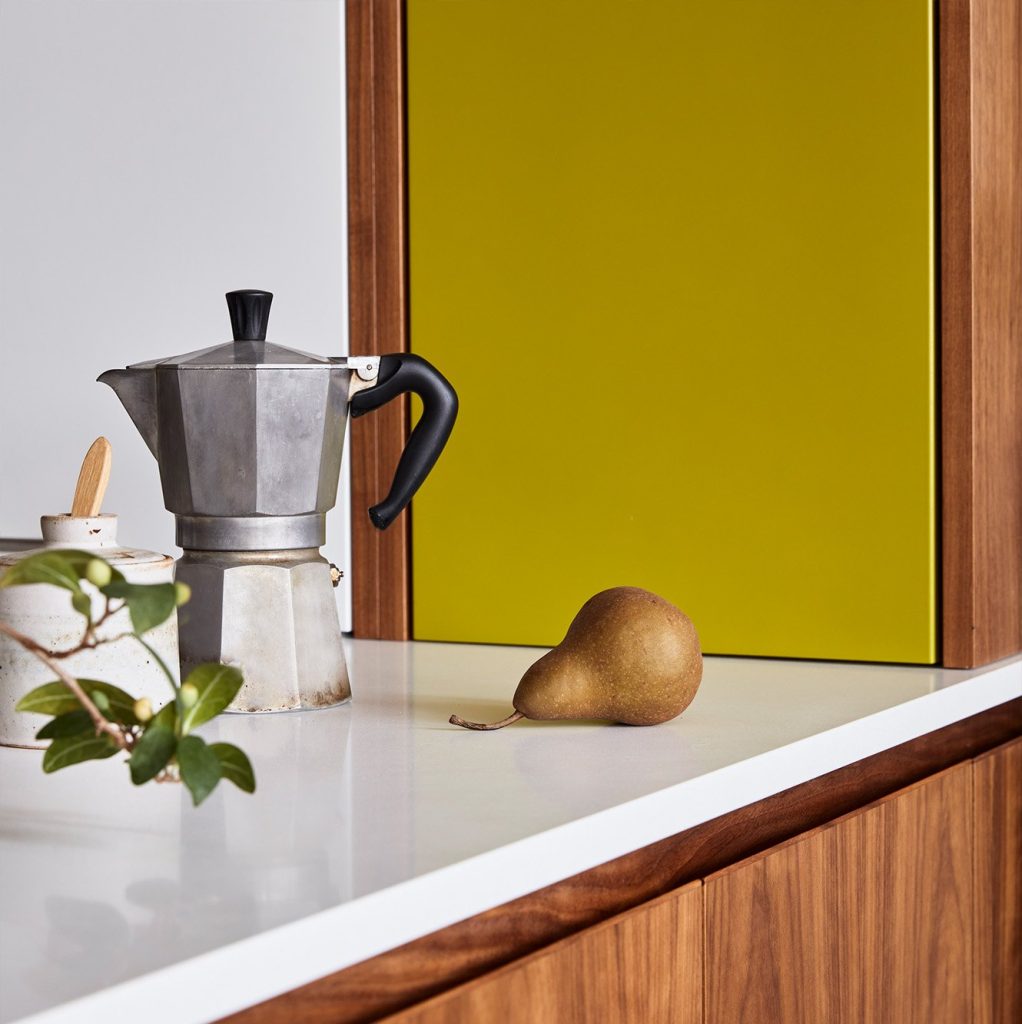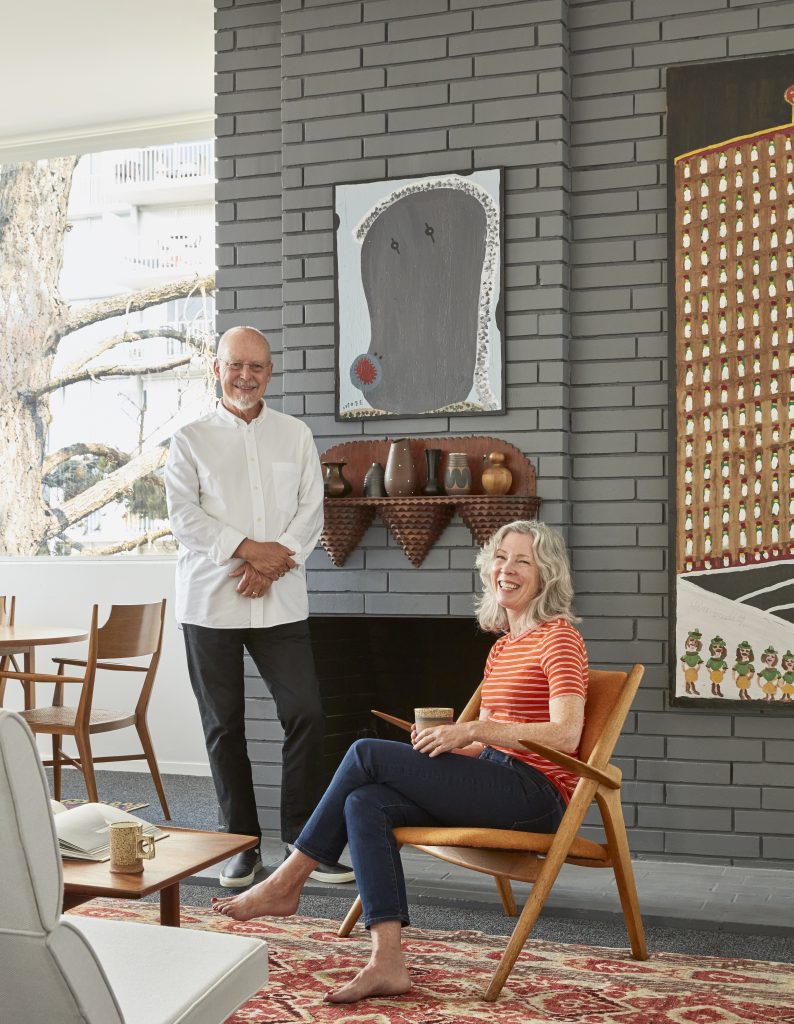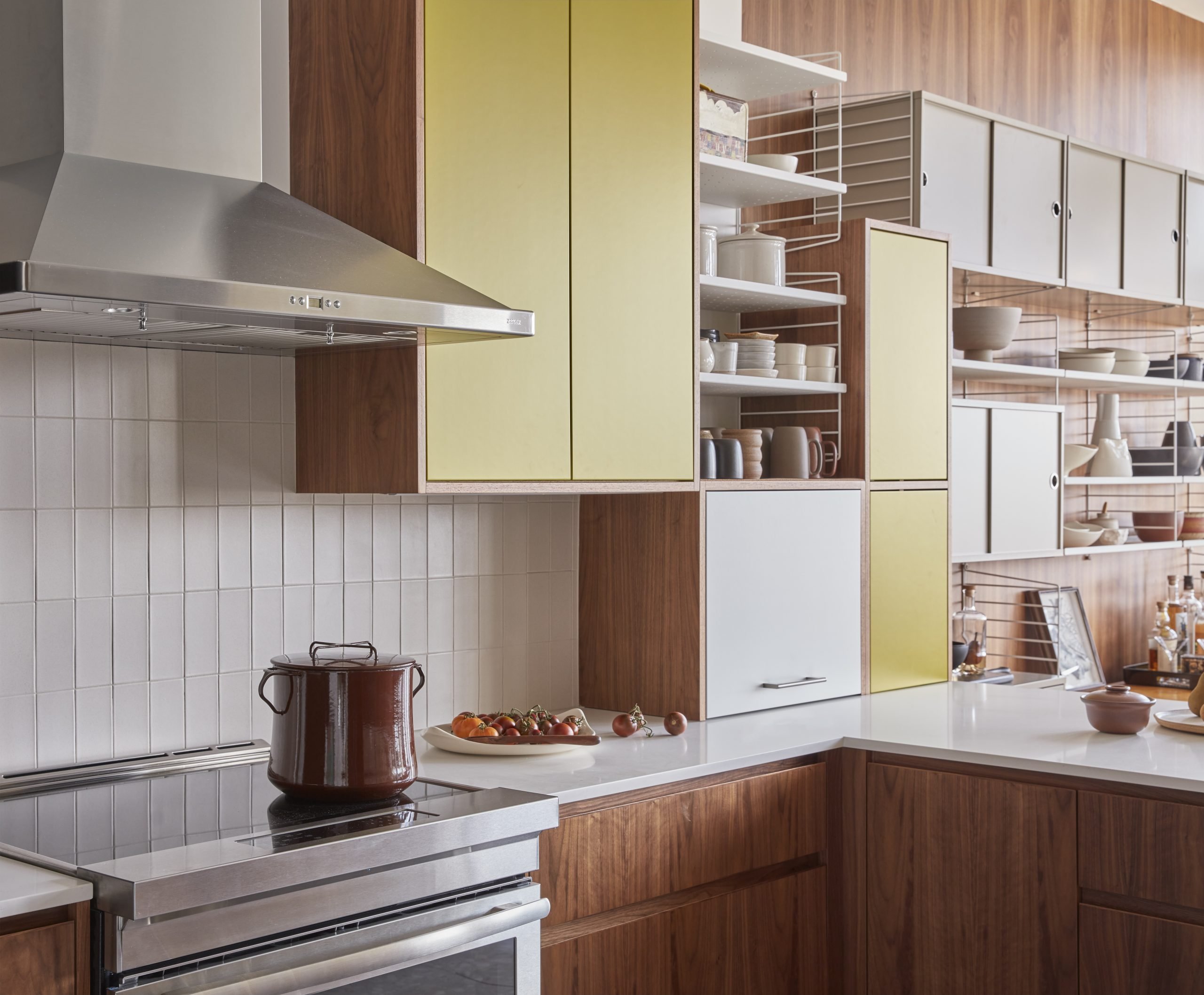
Nestled in San Francisco’s Fillmore District, this Eichler-built condo represents a rare urban departure from Joseph Eichler’s suburban developments. Originally constructed in 1962, the home was discovered in 2016 by Kitty Morgan, former editor-in-chief of Sunset Magazine, and her husband, art critic Charles Desmarais.
They were immediately drawn to its soaring 10-foot ceilings and expansive windows framing the vibrant cityscape. Unlike many mid-century renovations that strive for strict period authenticity, this project, led by interior design studio Form + Field, sought to honor Eichler’s vision while allowing the couple’s own story and collection of meaningful pieces to shape the space.
A Home That Reflects Its Owners
From the start, Morgan and Desmarais envisioned a renovation that would respect the home’s mid-century roots without becoming a strict reproduction. “They weren’t interested in creating an Eichler replica,” Form + Field Principal Christine Lin explains. “Instead, they wanted a space that would tell their story while paying homage to Eichler’s modernist principles.” One feature they knew they wanted to keep was the original kitchen peninsula—a practical element that serves as both a prep area and a social hub. Beyond that, their goal was to create a home that felt warm, collected, and personal.
The renovation was guided by a simple but powerful principle: modernist design should not be treated as a rigid template but as a foundation for thoughtful, personal expression. This approach allowed Form + Field to integrate historical references while making the space feel intentional and lived-in. As Morgan put it, they wanted a home that had “accreted over time”—one that felt cohesive yet deeply personal.
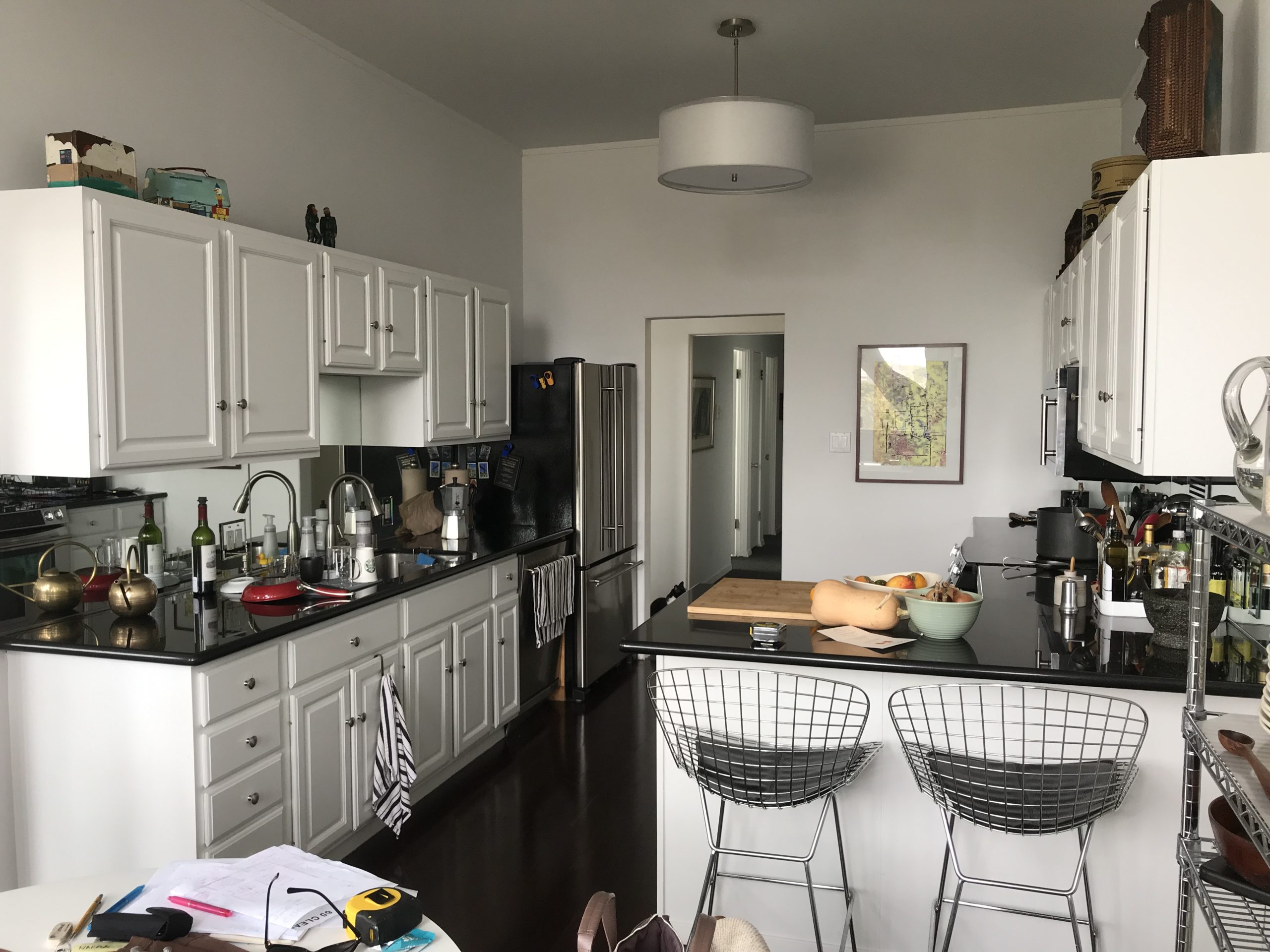
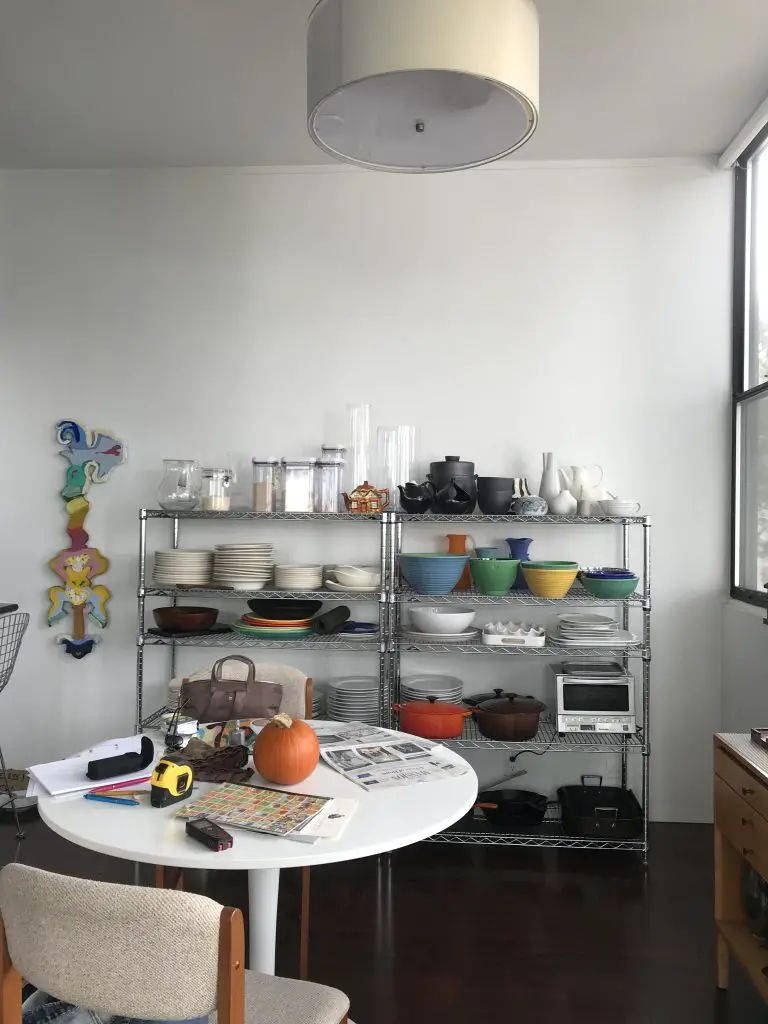
A Balance of Preservation and Innovation
Throughout the renovation, the challenge was to balance historical integrity with contemporary functionality. The material palette played a crucial role in achieving this. “The use of walnut cabinetry and paneling references Eichler’s original materials while updating them for contemporary life,” the designers note. The rich tones of walnut create a visual link to the Philippine mahogany paneling found in some of the original kitchens in neighboring units. Meanwhile, terrazzo flooring, a staple of mid-century architecture, was chosen not only for its aesthetic appeal but also for its ability to reflect light and add a sense of depth to the space.
The kitchen design, in particular, reflects this careful balance. White quartz countertops and ceramic tile backsplashes provide a clean, contemporary contrast to the wood tones, while subtle pops of chartreuse add a fresh, modern energy. The inclusion of the String modular shelving system, originally designed in 1949, became a key design element. “It provides the perfect bridge between past and present, allowing the display of the couple’s curated collection while offering functional storage,” Christine explains.
A Space Shaped by Meaningful Objects
One of the most defining features of the renovation is the way it integrates the homeowners’ collection of mid-century furniture and heirlooms. “The success of this renovation hinges on the remarkable synergy between designer and clients,” the team at Form + Field says. The couple’s carefully curated pieces—from a restored Paul McCobb credenza to a Hans Wegner Sawbuck Chair—did not merely occupy the space but actively shaped the design. The integrated storage solution was designed specifically to showcase these cherished items, blending open shelving with closed cabinetry to create a seamless visual flow between the kitchen and dining areas.
For Morgan and Desmarais, the goal was never to create a time capsule but to respect the original intent of Eichler’s design while making the home their own. “Their approach reflected a nuanced understanding of preservation,” Christine notes. “They sought to capture the essence of Eichler’s design philosophy rather than creating a literal reproduction.”
